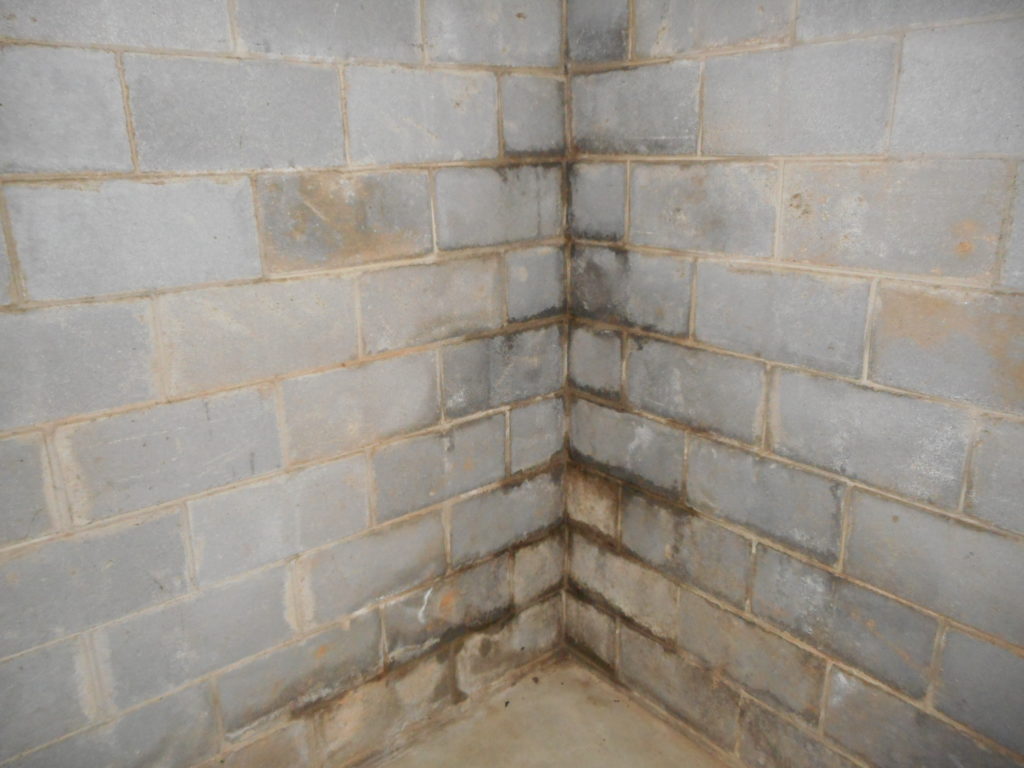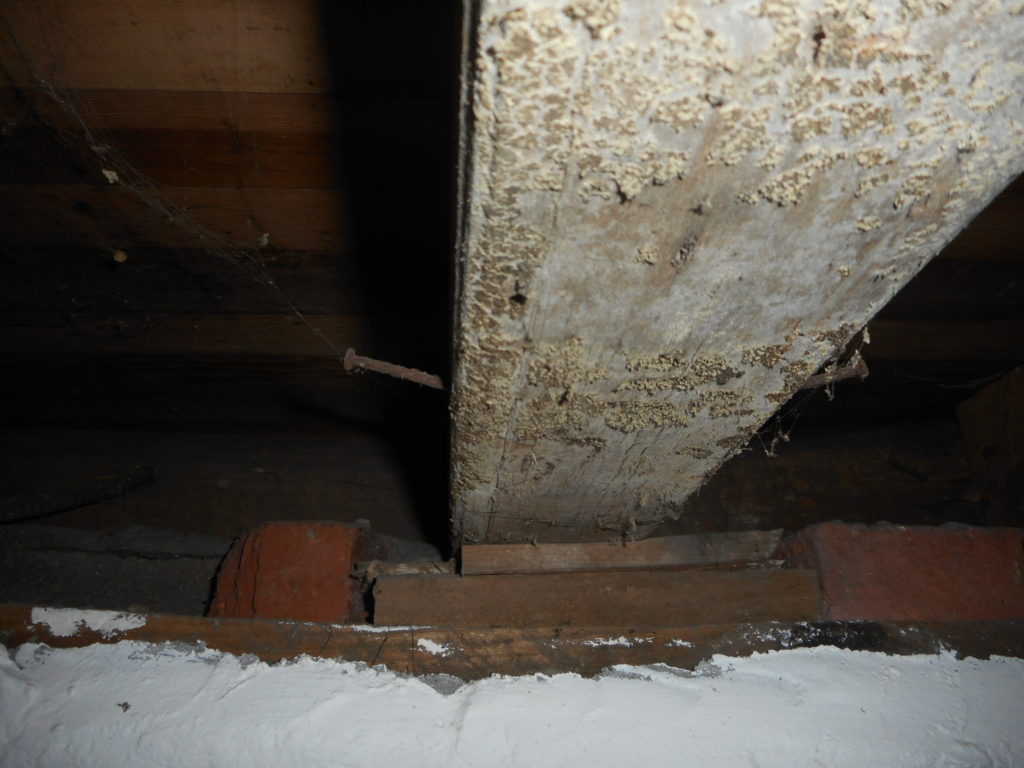Many home buyers are naturally drawn to a newly renovated house: the one with the updated kitchen, fresh paint, and new hardwoods. While it might look good on the surface, there is a lot to consider.
Houses are renovated for a variety of reasons but the one you need to look out for is the “flip”. House flipping is when an investor buys a house with the intention of reselling quickly for profit. They look for opportunities: houses that our outdated, houses that are distressed, houses with water and structural issues. How do you take that bummer, rundown house and change it from drab to dream and still turn a profit?
Well here’s what you don’t do: you don’t spend a penny more than you have to. Do you think it makes an investor money to repair that termite damage in the unfinished basement before converting it to living space? What about remediating mold? Do you think thousands of dollars spent on things you’ll never see is part of the investor’s profit-making scheme?

The first problem is lack of building permits. When a house is improved most jurisdictions require building permits. It’s the law. This ensures that the improvements are done in accordance with code, be it added electrical wiring, deck repairs, or safe egress from a basement. For an investor, permits take time, inspections often fail, and that’s why some flippers skip it. What can you do? Check for recent building permits using the online search at the local permit office website (or call the permit office). If the property has been renovated and there are no recent permits, that’s a red flag.
But that’s not the biggest problem. This biggest problem lies in the renovation of that disaster house: the house with years of neglect, water damage, rodent problems and mold. Investors buy these houses super cheap and then throw up new drywall; they spend money on kitchen and baths. What they didn’t do is fix those underlying issues: the rotted wood, the termite damage, or other structural concerns. I don’t believe that most flippers deliberately ignore these defects, but it doesn’t serve their interest to investigate them. The flipper hires a low-price subcontractor to put up basement drywall and no one even looks to see if there is mold or structural damage.

How do you protect yourself? One easy way is look at the price that the flipper paid for the house. Was it a $300k bargain in a $600k neighborhood? It must have been in pretty rough shape at $300k. Sometimes recently purchased houses still have older online photos, so do a thorough online search. Ask the flipper to share photos of the before and after. If you still want the house, always get mold-testing during your home inspection, and at the first sign of questionable work check with the county for permits, and don’t buy it unless the flipper allows you to investigate more fully such as opening the basement drywall.
The lesson: before you applaud those the granite countertops and hardwood floors throughout, do yourself a favor and take ten minutes to do some online research from the comfy confines of your coziest chair. It might just save your bank account.
-Greg Kemp, Licensed Home Inspector, Licensed Professional Engineer
